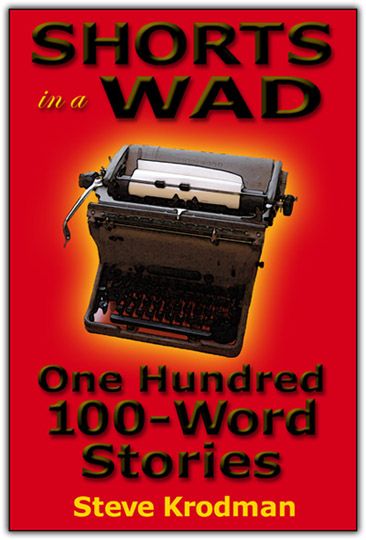A recent post by Kevin Kim - the Big Hominid - told the tale of a Burger King cashier who was only marginally capable of doing simple math.
Kevin’s story reminded me of my own First Encounter with innumeracy, an encounter that took place in coastal Georgia close to half a century ago.
It was springtime, and we were on our way to South Florida to visit with the maternal grandparents - an annual pilgrimage that we were now doing by car rather than by airplane. Back then, of course, interstate highways were thin on the ground; this made the journey lengthier but far more colorful, since you would have to drive through a myriad of minuscule burgs in the boondocks.
One of the wider spots in the road was the small city of Brunswick, Georgia, lying roughly midway between Savannah and Jacksonville. We would cruise through there on U.S. Highway 17, swinging past the nascent resorts of St. Simons and Jekyll Islands... but on this particular trip, the Old Man - Eli, hizzownself - must have been feeling a bit sharp-set, and so we stopped to grab a bite of lunch at one of the local drive-in restaurants.
Drive-in, I say, not drive-through... for back then, you did not pull up to the window at, say, a McDonald’s, and get a burger handed to you in a paper sack. No: You pulled into a parking place, and a waitress on roller skates would zoom up, take your order, and within minutes deliver it unto you, placing it on a tray that she would hang from your window.
Following established protocol, we pulled into our space and a young lady skated up and took our order. Shortly afterward, she brought out our meals. That’s when she started having problems.
This was the early 1960’s, you see, when there was no such thing as an electronic cash register or a computer that would automatically add up your check. Waitstaff in those days would write down your order, add up the various prices, calculate the tax (in those rare places that actually charged a sales tax), and would present you with the total. You, in turn, would check the waiter’s arithmetic, for, like as not, an error or two could easily creep into that total.
Here, though, the poor girl was flummoxed... for though she had written the numbers down right and proper, she had absolutely no clue as to how to add them up.
Eli, gentleman that he was, did the job for her. Then he paid the check... and then we drove away, completely dumbfounded. Not so much that there were actual adult people who couldn’t add a column of numbers - after all, this was the South! - but that such people could get a job whilst lacking such a basic part of the required skill set.
Now, almost fifty years later, nothing surprises me. The younger generation’s reliance on electronic devices is now so total that without their calculators and computers, not a man-jack among ’em would not find himself reduced to the helpless state of that poor, innumerate carhop in Brunswick, Georgia. Kevin’s story is evidence... and I weep to know it.
Monday, August 2, 2010
Subscribe to:
Post Comments (Atom)




















3 comments:
About thirty six years ago, affordable electronic hand held calculators began showing up on store shelves. My college professors knew back then that in years to come, younger people would have difficulty doing basice math... because they wouldn't have to learn and remember it. When scientific calculators began to replace the slide rule (does anyone remember the Pickett Slide Rule company?), my physics professor said "Even a monkey can push buttons."
My primary school text book (published 1945) was Henry Sticker's "How to calculate quickly". You can still get a reissue on Amazon for under 5 Euros under ISBN 0-486-20295-X :-)
While working at various retail establishments during my youth, I used cash registers that were essentially big adding machines with a drawer. The cashier had to enter each number and hit an oversized entry key. There was a separate entry key for the sales tax that the cashier would use after looking up the taxable total on a chart that was attached to the register with cellophane tape. If you were good at multiplication in your head, you could figure the tax much more quickly - but the customer liked to see you use the chart.
Imagine, the drugstore cashier had to have the presence of mind and training to separate the taxable items from the non-taxable, enter the taxable items first (calling out the price as each item was processed), get a subtotal, calculate sales tax and enter the value, ring up the rest of the purchase and produce a total, take the money, count back the change, and bag up the items. All of this with a smile and a thank you; and your drawer better balance at the end of your shift!
Oh, yes, I remember the Pickett slide rules. The one I learned on was a K & E (Kuffel and Esser). I was given my first electronic calculator by my dad when I was a freshman in college. It was made by National Semiconductor and utilized Reverse Polish Logic. No one ever wanted to borrow it!
Post a Comment